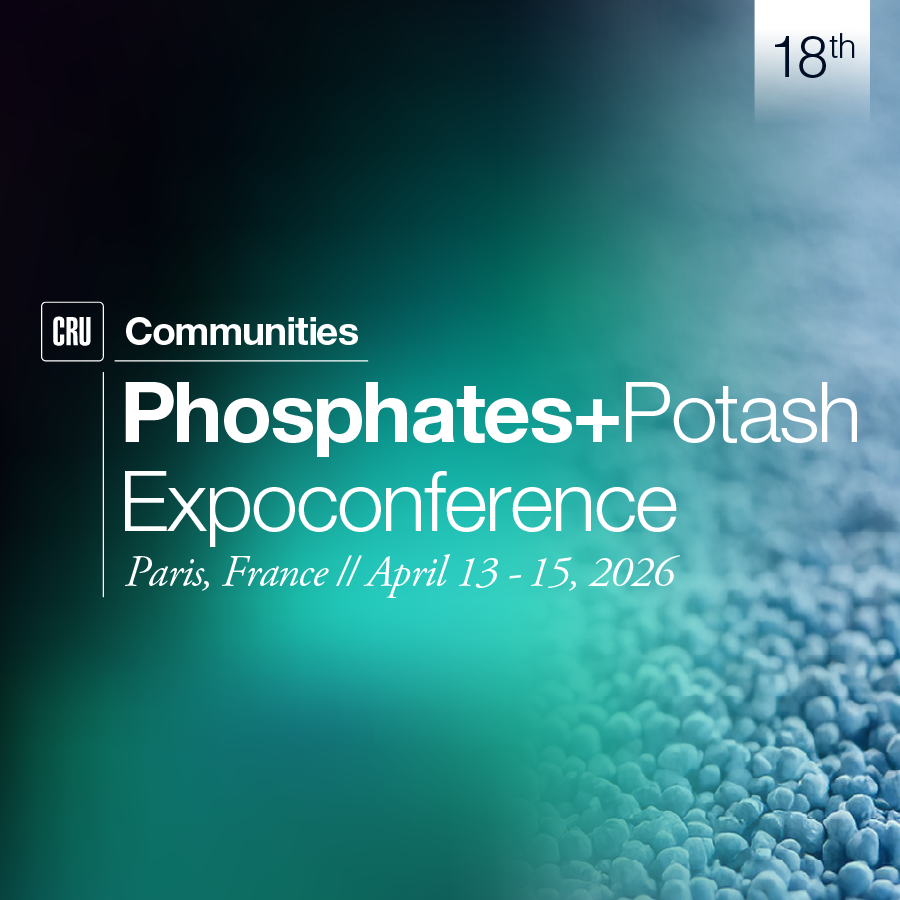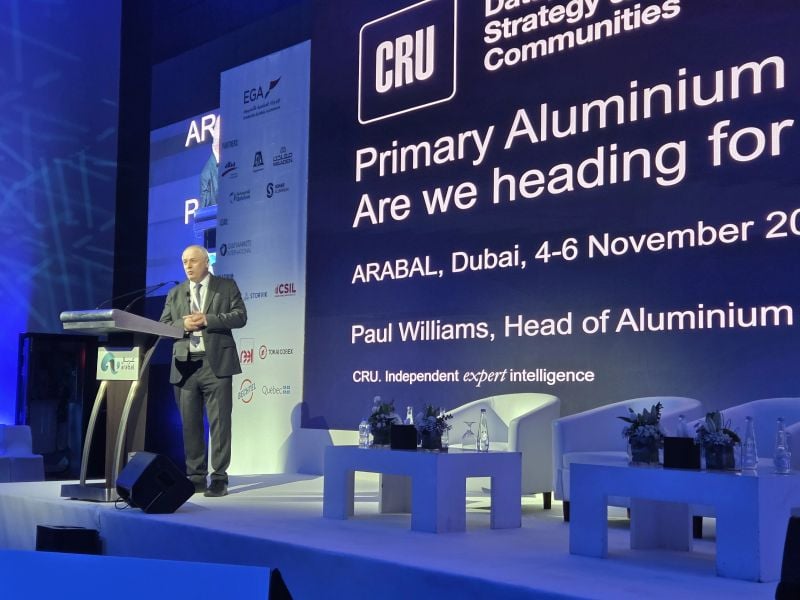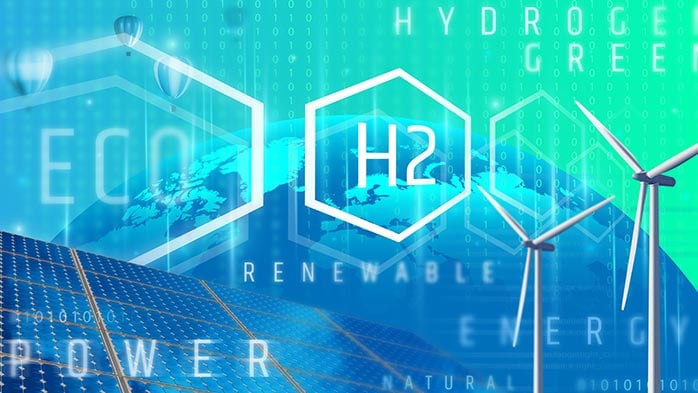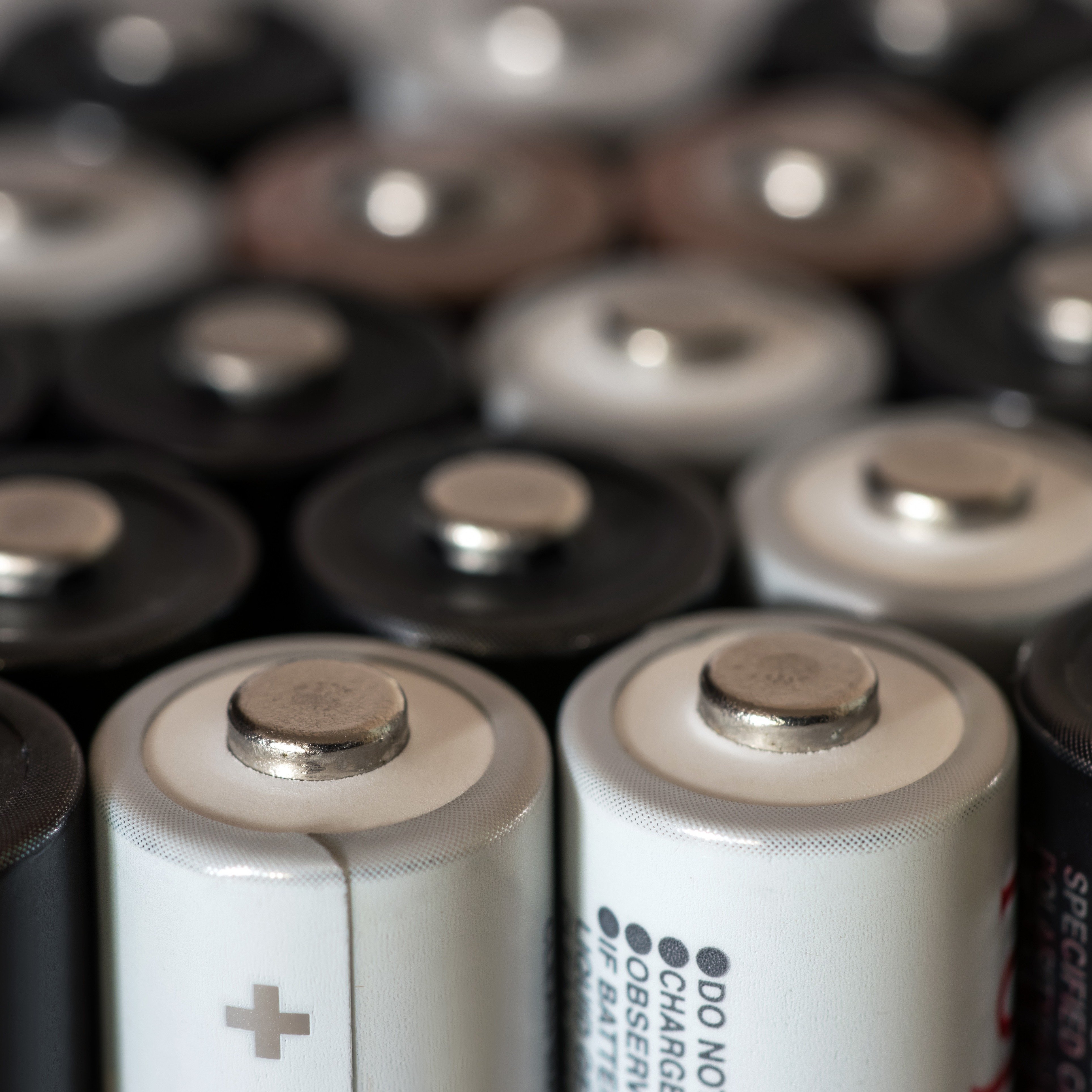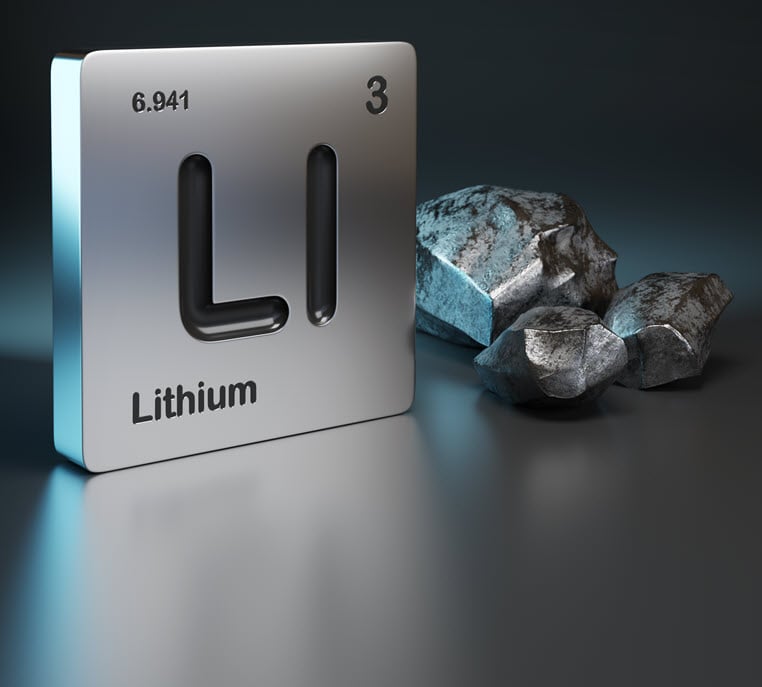The past five years have seen the battery industry dramatically shift from dominance of layered oxide chemistries – namely lithium-nickel-manganese-cobalt-oxides (NMCs) and lithium-nickel-cobalt-aluminium-oxides (NCAs) – to lithium iron phosphate (LFP), a polyanion chemistry.
LFP’s rise has been driven by lower raw material costs, active material performance improvements, manufacturing maturity, superior cycle life and system-level advantages. While LFP’s cost and energy density gains may be nearing practical limits, it has shown that chemistries can grow to market dominance in mere years.
Emerging battery chemistries, notably lithium-manganese-rich (LMR) and lithium-manganese-iron-phosphate (LMFP), will disrupt the industry in the short-term. New technologies, like disordered rocksalt and lithium-air, promise step-changes in energy density improvements and could overhaul battery raw materials demand in the long-term.
However, to displace incumbent materials, new battery chemistries must match or undercut cost while delivering superior performance at the system level. Achieving breakthroughs in cycle life is the leading barrier against new technology commercialisation.
Lessons from the resurgence of LFP
Once sidelined for its low energy density, LFP has staged a remarkable comeback since 2020. Its share rose from 13% in 2019 to 52% in 2025. Prices for nickel, cobalt and lithium chemicals escalated in the beginning of 2020, increasing the cost of battery chemistries. LFP’s cost increase was shielded by the lack of nickel and cobalt content, and a lower lithium content.
In parallel, LFP’s intrinsic thermal stability allowed for the development of cell-to-pack architectures to deliver pack sizes large enough for most EV applications at substantially lower cost than NMC. The latest developments in compaction density have enabled fast-charging LFP cells, further boosting the chemistry’s appeal.
This resurgence could inform us how the battery market might change from 2025.
As cell manufacturing matured with scale, LFP cell costs reached new lows this year. We estimate that Tier 1 Chinese LFP EV prismatic cell production costs are around $44/kWh in 2025, roughly halving since 2023.
However, LFP is nearing its performance limits. Material capacity and compaction densities are close to their theoretical maximum and cell formats will struggle to improve on current “Blade” cells due to safety risks while achieving high pack voltages in series configurations.
Moreover, battery raw material costs have fallen from their peak in 2022 and will remain muted over the medium-term. We believe LFP cell costs are near their floor, opening the door for other battery chemistries to close the cost gap. If new materials can prove pack energy density, cycle life and affordability, then another shift in chemistry adoption could follow and disrupt battery raw materials demand.
LMR, HVMN and LMFP will gain market share by 2030
Battery chemistry innovation spans across industry and academia, from evolutions of current materials to completely new material classes and even beyond, using lithium as the active ion.
We have surveyed emerging and prospective battery chemistries to gauge their viability on the battery mass-market in the short-term. LMFP, HVMN and LMR stand out as leading nascent chemistries with sufficient cycle life for EV applications and improved energy densities. Meanwhile, layered oxide and polyanion sodium-ion (Na-ion) chemistries will see growing adoption as Na-ion gigafactory capacity and supply chains reach maturity closer to 2030.
Assessing the future of battery chemistries is extremely challenging due to the need for breakthroughs in cycle life and performance from lab to commercial scales. Nevertheless, we have compared the potential performance against current value of materials to assess promising new battery chemistries in the long-term.
Few chemistries can rival LFP on bill-of-materials, but cathodes like LMTO, LFSF and sulphur offer cost advantages. While lithium-air offers extremely low costs in the active cathode material, the catalyst to capture oxygen from the air adds significant costs. Nevertheless, overcoming cycle life issues with these chemistries would enable a real improvement in energy density and reduction in cost.
Of the non-lithium-containing chemistries, vanadium content prices out the calcium- and magnesium-ion chemistries studied. Sodium-ion, potassium-ion and aluminium-ion are technologies to watch for, with sodium-ion being the only tech close to mass production.
In the short-term, we expect LMR, HVMN and LMFP cathodes to compete with NMC and LFP. LMFP contains manganese which raises its energy density from LFP, while LMR and HVMN have greater capacities than current NMC cathodes, reducing cell costs. These chemistries represent incremental advances on established cathode technology, rather than entirely novel technologies. Given their similarity to today’s materials, they can be incorporated into currently scaled manufacturing processes, easing their route to commercial production.
Over the longer term, LMTO, a disordered rocksalt cathode, offers low costs on a pure bill-of-materials basis. However, realising this advantage requires substantial material advancements, most notably addressing a very poor cycle life, along with improvements in specific capacity, electrolyte compatibility, and manufacturability. We do not foresee LMTO cathodes being market-ready this decade.
Paving the way for next-gen NMC and LFP cathodes
Driven by the lower cell costs and high performance, General Motors and LG Energy Solution will commercialise prismatic LMR cells from 2028, reinforcing LMR’s credibility as a near-term alternative to NMC. However, further materials optimisation is needed to compete with LFP.
LFP can achieve a cycle life of over 6,000 cycles in EV cells, while NMC compositions achieve 2,500 cycles. With realistic performance limits, LMR falls short of LFP on cost per lifetime energy delivered. That said, once LMR attains ~2,000 cycles (which we expect before 2030) its lifetime cost profile will be similar to NMC.
Meanwhile, LMFP needs approximately 5,400 cycles to be as cost‑effective over its lifetime as LFP. Achieving this is challenging due to greater degradation from Fe/Mn redox imbalance, lattice strain, and manganese dissolution into the electrolyte.
Mitigation strategies – such as surface coatings, morphology control, and advanced additives – will extend LMFP’s cycle life over time. However, LMFP presents a risk to NMC adoption in the short-term due to its improved energy density on LFP and low cell cost. For long cycle-life applications, particularly in stationary storage, LFP will continue to dominate over the medium-term.
In the long-term, manganese is contained across many new battery chemistries due to its abundance and contribution to capacity and voltage. While no technology is certain of achieving market share, it is likely that batteries will contain a smaller amount of more diverse materials in the long-term, disrupting the current intensive use of lithium, nickel and cobalt.
Success from taking lab-based research to commercial success at kiloton-scale production is no easy task, particularly in a rapidly expanding market. Current chemistries of NMC and LFP took roughly ten years from the lab to mass-market. We expect to see a market impact from novel chemistries closer to 2040.
LFP will reach close to its cell performance threshold this decade, and multiple battery chemistries are capable of competing on cost. LMR and LMFP are the most appealing short-term solutions and Na-ion will play a growing role. However, non-Li-ion adoption will come closer to 2040 due to challenges in demonstrating performance over many cycles and scaling new supply chains.
Future battery raw materials demand will be determined by breakthroughs in chemistries, with no certainty in any one technology. However, manganese is a notable and popular metal across new chemistries due to its low cost and contribution to high capacity at the cathode level.
In the near-term, LMR is best positioned to displace NMC on upfront and lifetime cost, with attainable improvements in cycle life. LMFP can rival LFP on upfront cost, but LFP will remain the preferred chemistry when considering the cost of energy storage over its overall lifetime, due to challenges in overcoming LMFP’s shorter cycle life.
For readers interested in how battery chemistries and technologies will influence the future of battery markets, CRU’s Battery Technology and Cost Service provides detailed understanding of current and emerging battery chemistries, technologies and products. If you want to hear more about our work on battery supply chains, raw materials and end-use demand, get in touch with us, we’ll be happy to answer your questions.





